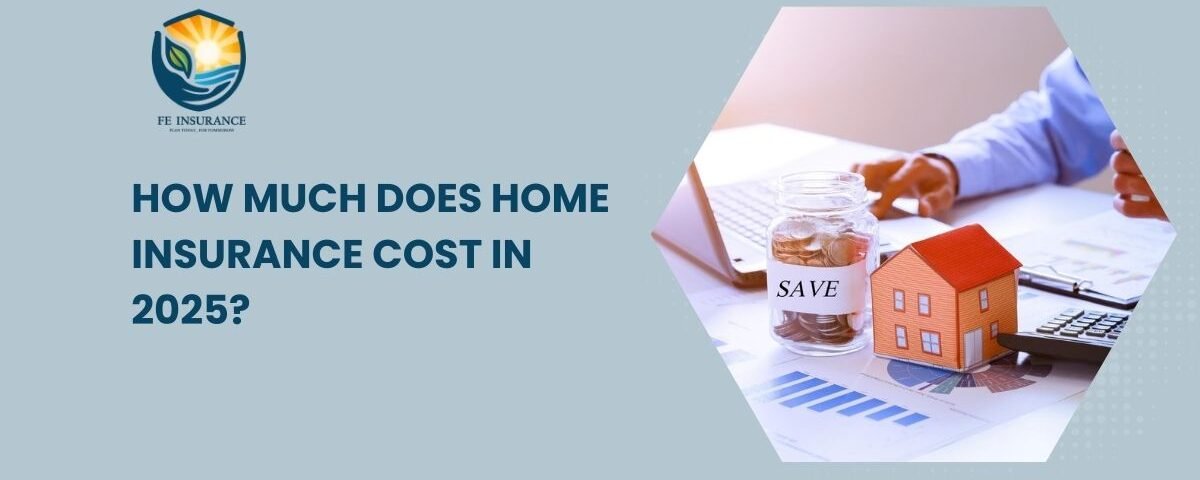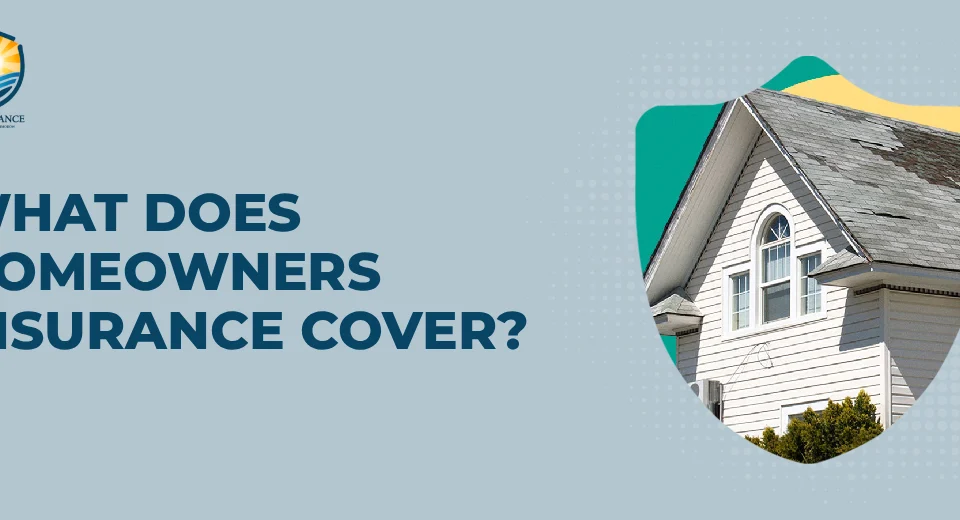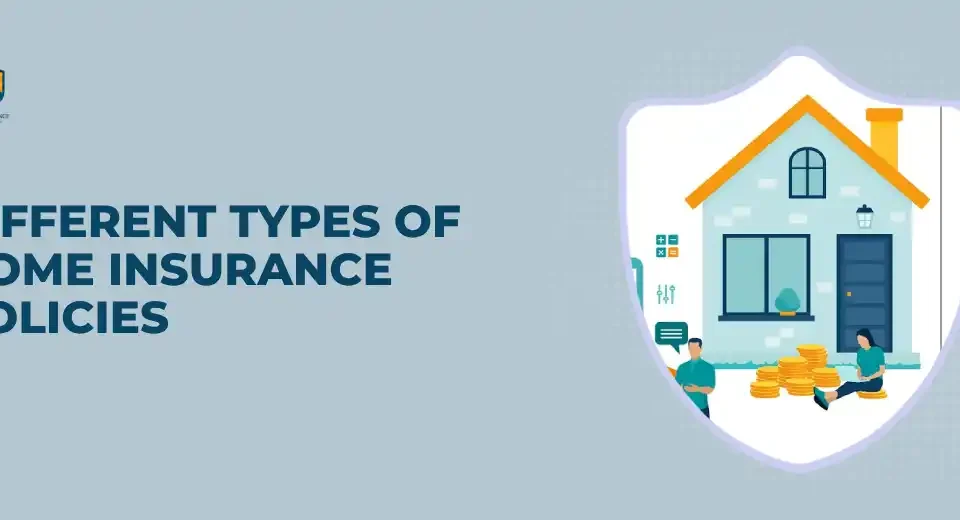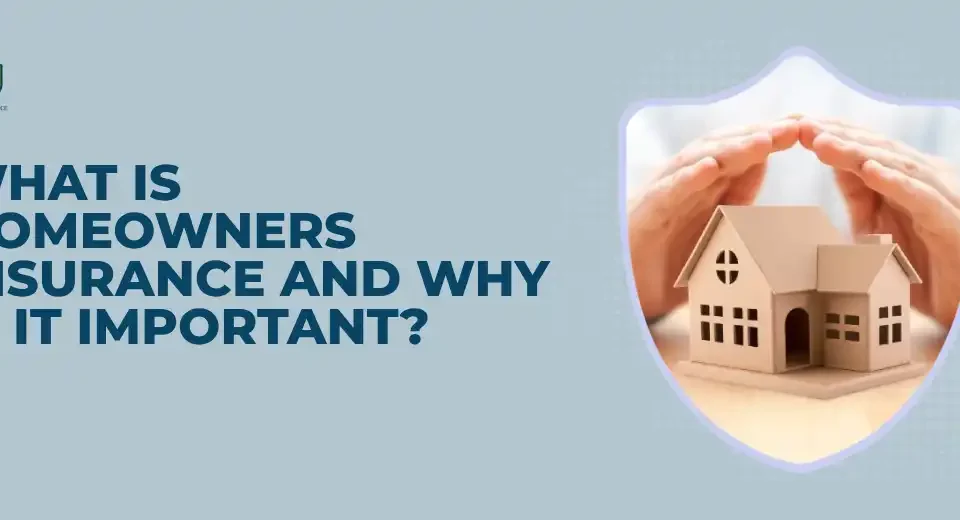How Much Does Home Insurance Cost in 2025?

Payment Terms for Whole Life Insurance Policies: Everything You Need to Know
September 15, 2025
How to Save for Funeral Expenses
October 8, 2025When buying a home, one big question is always on people’s minds: how much does home insurance cost? It’s not just about protecting four walls and a roof; it’s about safeguarding your family’s peace of mind. Many new homeowners feel overwhelmed by rising bills and hidden fees, and insurance often feels like one more financial headache.
To make matters worse, headlines about climbing homeowners’ insurance rates only add to the worry. If you don’t understand what drives your premiums, you may overpay for years without realizing it. The good news? With the right knowledge, you can cut through the confusion, find affordable property insurance coverage, and secure protection that fits your budget.
What Influences Home Insurance Cost?
Understanding the factors behind home insurance costs helps you avoid unpleasant surprises. Insurers consider multiple factors, including your home, lifestyle, and even your neighborhood, to determine your price.
Location Matters Most
Your ZIP code plays a huge role. Areas with high crime rates, flood zones, or wildfire risks often face higher homeowners’ insurance rates. Even two homes just a few streets apart can have very different premiums.
The Age and Condition of Your Home
Older homes or those with outdated wiring and plumbing often carry higher risks, leading to increased premiums. Insurers reward homes with modern safety features, such as fire alarms or storm-resistant roofs.
Coverage Limits and Deductibles
The more protection you want, the higher the premium will be. However, raising your deductible can lower your average home insurance premiums. The key is finding the right balance between risk and savings.
Average Home Insurance Premiums in 2025
So, what are people really paying this year? On average, homeowners’ insurance rates in 2025 have increased moderately due to inflation and a rise in the frequency of natural disasters.
National Averages
Reports suggest that the average annual home insurance premiums fall between $1,500 and $2,000. But these numbers vary widely depending on state regulations and property risks.
State-by-State Differences
Some states prone to hurricanes or wildfires have much higher costs of homeowners’ insurance, sometimes double the national average. Meanwhile, states with fewer weather risks can offer far lower rates.
Policy Types
Basic policies cost less but may not cover all your needs. Comprehensive property insurance coverage may cost more upfront, but it provides better long-term protection.
How to Lower Your Home Insurance Cost
The best part? You have control. Simple steps can help reduce your annual expenses while still keeping your home safe.
Bundle Your Policies
Combining your auto and home insurance policies often results in discounts. Many providers offer up to 20% savings when you package policies.
Improve Home Security
Installing cameras, alarms, and smart locks reduces risk. Insurers often reward homeowners who invest in safety with lower premiums for their home insurance.
Maintain a Good Credit Score
Believe it or not, your credit history affects your premium. A stronger score indicates financial responsibility, which can help lower rates.
Quick Tips to Save:
- Shop around for at least three quotes
- Ask about loyalty discounts
- Review coverage annually to avoid overpaying
Property Insurance Coverage Explained
When choosing a policy, it’s not just about price. Knowing what’s included ensures your family gets the protection it truly needs.
Dwelling Coverage
This protects the structure of your home. If your house is damaged by fire, storm, or vandalism, dwelling coverage pays for the repairs or rebuilding of your home.
Personal Property Coverage
Furniture, clothes, and electronics fall under this category. Standard policies cover these, but limits apply so always check if you need extra protection.
Liability Protection
If someone is injured on your property, liability coverage shields you from costly lawsuits. This part of your policy can save you from serious financial stress.
Cost of Homeowners Insurance: Trends for 2025
Finally, let’s look at what’s changing this year. The cost of homeowners’ insurance continues to shift due to economic and environmental factors.
Climate-Driven Costs
Natural disasters are becoming more frequent, prompting insurers to adjust their rates. Coastal areas especially see higher premiums.
Inflation and Repair Costs
The rising cost of building materials and labor means insurers must account for more expensive repairs when calculating premiums.
Growing Use of Technology
Some insurers now use smart home devices to track risk. Homes equipped with leak sensors, alarms, or weather alerts may be eligible for reduced average home insurance premiums.
Key Takeaways for 2025:
- Expect gradual increases nationwide
- Location remains the biggest cost driver
- Tech-driven discounts are more available than ever
Conclusion
So, how much does home insurance cost in 2025? The answer depends on your home’s location, condition, and the coverage you choose. While premiums are trending upward, you don’t have to feel stuck with high prices. By understanding what drives homeowners’ insurance rates and taking steps to manage risk, you can still find affordable protection.
At the end of the day, home insurance is about more than numbers; it’s about peace of mind. Take time to compare policies, explore discounts, and secure property insurance coverage that fits your needs. Ready to start saving? Get a personalized quote today and protect your home without breaking your budget.
FAQs
1. What is the average home insurance cost in 2025?
The average annual home insurance cost in 2025 ranges from $1,500 to $2,000 nationwide. However, prices vary by state, property type, and risk factors like weather or crime rates.
2. Why are homeowners’ insurance rates increasing?
Homeowners’ insurance rates are increasing due to inflation, higher repair costs, and an increase in the frequency of natural disasters. Insurers adjust premiums to cover these risks, especially in areas prone to storms, floods, or wildfires.
3. How can I lower my home insurance cost?
You can reduce your cost of homeowners’ insurance by:
- Bundling home and auto policies
- Installing home security systems
- Raising deductibles
- Maintaining a good credit score
- Comparing quotes from multiple insurers
4. What does property insurance coverage include?
Standard property insurance coverage includes:
- Dwelling protection (the structure of your home)
- Personal belongings coverage (furniture, electronics, clothing)
- Liability protection (injuries on your property)
Optional add-ons may include flood, earthquake, or high-value item coverage.
5. Does location affect home insurance premiums?
Yes. Your location greatly influences average home insurance premiums. Homes in areas with higher crime rates, severe weather risks, or expensive construction costs usually pay higher premiums than those in low-risk areas.




